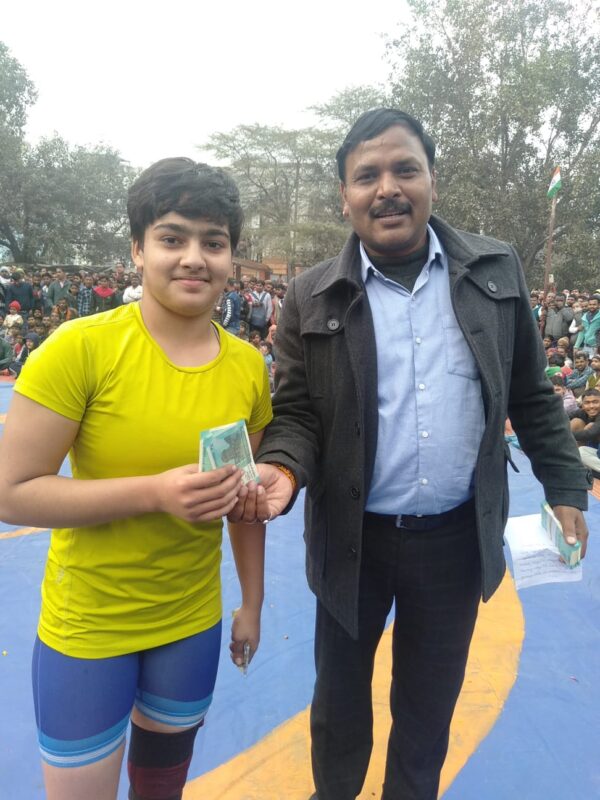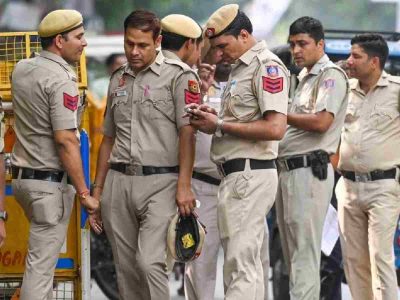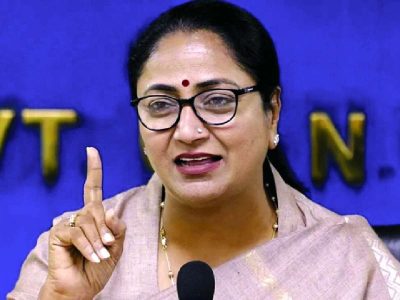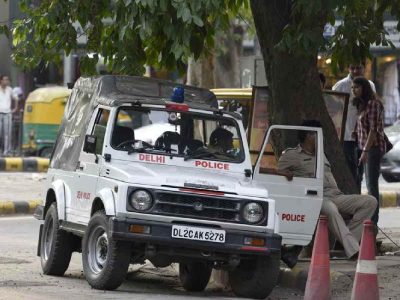After winning a silver medal at the Under-23 World Wrestling Championships in 2019, Pooja Gehlot had shifted from her native town of Sonepat to Delhi for further training and staying with her father, a Delhi government employee.
But lack of a female sparring partner dashed her hopes of training in Delhi and she had to move to Rohtak in Haryana where she is now living with her mother and brother.
Lack of sparring partners is just one of the problems plaguing female wrestlers in Delhi. There is lack of facilities too.
“Young female wrestlers in Delhi face big struggle. That’s the bottom line,” reveals Vikram Sonkar, a former wrestling coach of SAI.
This is despite the fact that Indian women wrestlers have made rapid strides at the international level over the past decade and intense competition has also developed at the domestic level.
Sakshi Malik claimed bronze at the 2016 Rio Olympic Games. Four years later, apart from the experienced Vinesh Phogat, three promising wrestlers from Haryana — Anshu Malik, Sonam Malik and Seema Bisla competed at the postponed 2020 Tokyo Olympic Games, held in 2021.
But there remains a struggle for young female wrestlers in the national capital.
Sonkar quit his job to run a family wrestling training centre — Guru Premnath Akhara — in north-east Delhi’s Kalyan Vihar after his father Premnath, a prominent wrestler, died in 2015.
There are only two wrestling training centres in Delhi that attract female wrestlers in decent numbers.
While Sonkar’s Guru Premnath Akhara is one, the Delhi government-run wrestling training centre in Najafgarh is the other. The girls who train at these centres come from nearby localities only to attend training sessions.
Challenging situation
Sonkar says the situation is challenging.
“The basic facilities aren’t there for youngsters,” he adds.
“The grassroots facilities should be at par with those at the national camps so that the transition is smooth for the promising female wrestlers.”
There is only one wrestling mat at Guru Premnath Akhara, while the air-conditioned wrestling centre at Najafgarh has two mats.
“We have around 40 to 50 female wrestlers [and just one mat] who are regular at the centre. They are in various age groups,” says Sonkar.
“India’s Commonwealth Games medallist Divya Kakran is a famous product of the Guru Premnath Akhara. She (Divya) must have been eight or ten when she started practicing at our center.”
Financial crunch
Group practice at Guru Premnath Akhara starts with beginners and junior level wrestlers, while elite wrestlers are clubbed in the last group.
The SAI has adopted Guru Premnath wrestling training centre but hasn’t upgraded the equipment.
“We have one SAI coach for practice sessions,” reveals Sonkar.
“We approached SAI to replace the worn-out wrestling mat, but the application has been pending for the past 18 months,” he laments.
According to Virender Singh, wrestling coach of the Delhi government, the Najafgarh wrestling hall is six years old and has a couple of outstanding female wrestlers.
“Between 30 and 40 female wrestlers practice regularly at the Najafgarh centre. The air-conditioned hall has two mats and a gym for strength and conditioning,” says Virender.
“Young boys and girls practice together. There is no issue of indiscipline.”
Najafgarh, which borders Haryana, is one of the areas in Delhi popular for wrestling and kabaddi, adds Virender.
“Majority of the parents in Najafgarh region have roots in Haryana and have passion for sports,” Singh says.

Lack of female coaches
But the Najafgarh centre has only one female coach, Rekha Dahiya.
Gian Singh, a Delhi-based wrestler who competed at the 1984 Olympics and also served as coach with Railways, says there are not enough female wrestling coaches. More female coaches can reduce inhibitions and attract more women towards the sport, he feels.
“Since women’s wrestling was introduced in the national curriculum quite late, it will take time to grow. Several good female wrestlers haven’t taken up independent coaching assignments, although there are female assistant coaches in state-run wrestling centres,” says Singh.
There are no female coaches in the national camp and it is hint enough to suggest that many top female wrestlers don’t want to take up coaching assignments.
But Singh is hopeful that more women will take up coaching in future since the interest has increased.
“After the 2010 Commonwealth Games, more women got attracted to wrestling, which has been dominated by males in India,” says Singh.
“[So] In the coming years, we should see more female coaches at the state and national level.”
Decline in akharas
However, the biggest setback for wrestling in Delhi has been the decline in the number of akharas due to space crunch. Haryana, the neighbouring state, has galloped ahead.
Singh says that in the early 1980s, there were more than 100 akharas in Delhi. There were many weekend dangals too. Wrestlers from Haryana used to come to practice in Delhi. But over the years, due to pollution in Delhi, and cramped spaces for akharas, there has been a decline in wrestling activities.
“Several wrestling centres have shut down in Delhi due to lack of space as they couldn’t expand the facilities. But in the bordering state of Haryana, more wrestling centres have come up,” Singh adds.
In Haryana’s Sonepat region alone, there are as many as 200 female wrestlers in various age groups.
“Wrestling has changed. You need more space for practice and workout. Practicing on mats alone won’t do. Many of the akharas in Delhi were small and cramped and were therefore forced to shut down.”
Challenging situation
Another reason why wrestling doesn’t attract most women in the Capital is the lack of job opportunities in Delhi. Haryana offers more job opportunities.
Delhi’s promising wrestler Sushma Sokeen, a medal winner at the 2022 Asian Wrestling Championships in 55kg freestyle, doesn’t have a job.
“There are more job opportunities in Haryana than Delhi for outstanding players. Financial security of the player is correlated to performance,” Virender adds.
Since most of the wrestlers come from modest backgrounds and have neither jobs nor financial security, they often have to rely on weekend bouts called dangals for money to help pay for diet and other things.
India’s elite wrestlers may not be attracted to weekend dangals due to their hectic international schedule, but the prize money these bouts offer makes them popular among female wrestlers from Delhi.
“Without competing in these weekend competitions, it is nearly impossible for several youngsters in Delhi to continue wrestling because majority of the players don’t have adequate financial resources,” Sonkar explains.
“Parents of several players, who come for practice at our wrestling training centre, do odd jobs.”
Sonkar of Guru Premnath Akhara himself doesn’t have enough financial resources to support a large number of wrestlers.
“I don’t charge any fee from the players who come for practice at our family akhara. That is the most I can do,” Sonkar adds.
Virender also says that most parents don’t want their daughters to pick combat sports and instead ask them to take basketball, volleyball and badminton.
“Due to academic pressure and the nature of sport, some parents do not want their daughters to take up combat sport. Wrestling is a rough and tough sport and some parents don’t encourage their children to take up grappling,” Virender explains.





